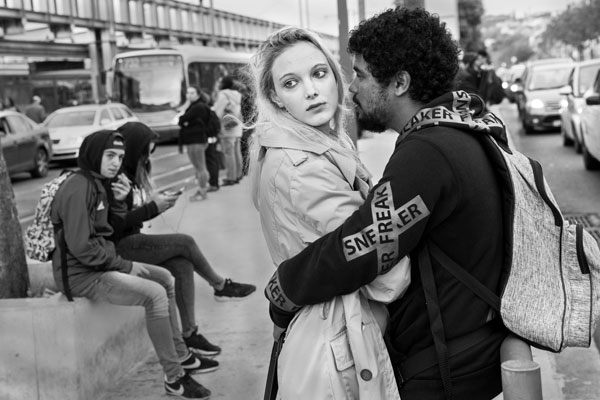More About Framing Streets
Wiki Article
The Best Guide To Framing Streets
Table of ContentsLittle Known Facts About Framing Streets.Fascination About Framing StreetsFraming Streets Fundamentals ExplainedFraming Streets Can Be Fun For AnyoneThe Greatest Guide To Framing StreetsHow Framing Streets can Save You Time, Stress, and Money.
, generally with the goal of catching pictures at a decisive or poignant moment by cautious framing and timing. https://pubhtml5.com/homepage/jtdxv/.
8 Easy Facts About Framing Streets Shown
Susan Sontag, 1977 Street digital photography can focus on people and their habits in public. In this respect, the road digital photographer is similar to social docudrama photographers or photojournalists who likewise function in public locations, but with the aim of catching newsworthy events. Any of these digital photographers' photos may capture individuals and home visible within or from public places, which frequently involves navigating moral problems and legislations of privacy, security, and residential property.Representations of everyday public life develop a genre in nearly every duration of world art, beginning in the pre-historic, Sumerian, Egyptian and early Buddhist art durations. Art dealing with the life of the street, whether within views of cityscapes, or as the leading theme, appears in the West in the canon of the North Renaissance, Baroque, Rococo, of Romanticism, Realistic look, Impressionism and Post-Impressionism.
Framing Streets - Questions
Louis Daguerre: "Boulevard du Holy place" (1838 or 1839) In 1838 or 1839 the initial picture of numbers in the road was tape-recorded by Louis-Jacques-Mand Daguerre in among a pair of daguerreotype views drawn from his studio home window of the Boulevard du Holy place in Paris. The second, made at the height of the day, reveals an unpopulated stretch of road, while the other was taken at regarding 8:00 am, and as Beaumont Newhall records, "The Boulevard, so regularly loaded with a moving throng of pedestrians and carriages was flawlessly singular, other than an individual that was having his boots brushed., who was influenced to undertake a comparable documents of New York City. As the city developed, Atget assisted to advertise Parisian streets as a worthwhile subject for photography.

The Basic Principles Of Framing Streets
Martin is the very first tape-recorded professional photographer to do so in London with a masked video camera. Mass-Observation was a social research organisation started in 1937 which intended to record everyday life in Britain and to tape the reactions of the 'man-in-the-street' to King Edward VIII's abdication in 1936 to marry divorce Wallis Simpson, and the sequence of George VI. The chief Mass-Observationists were anthropologist Tom Harrisson in Bolton and poet Charles Madge in London, and their initial record was generated as guide "May the Twelfth: Mass-Observation Day-Surveys 1937 by over 2 hundred observers" [] Home window cleaner at Kottbusser Tor, Berlin, by Elsa Thiemann c. 1946 The post-war French Humanist Institution professional photographers located their topics on the road or in the restaurant. Between 1946 and 1957 Le Groupe des XV every year showed job of this kind. Andre Kertesz. Circus, Budapest, 19 May 1920 Street digital photography formed the significant web content of 2 events at the Gallery of Modern Art (Mo, MA) in New York curated by Edward Steichen, 5 French Professional Photographers: Brassai; Cartier-Bresson, Doisneau, Ronis, Izis in 1951 to 1952, and Post-war European Photography in 1953, which exported the idea of street photography internationally.
Indicators on Framing Streets You Should Know
The recording machine was 'a concealed cam', a 35 mm Contax hidden underneath his layer, that was 'strapped to the breast and attached to a long wire strung down the appropriate sleeve'. His job had little modern influence as due to Evans' sensitivities about the originality of his job and the privacy of his topics, it was not published until 1966, in the book Many Are Called, with an intro created by James Agee in 1940.Helen Levitt, then an instructor of kids, related to Evans in 193839. She documented the temporal chalk illustrations - 50mm street photography that became part of kids's road culture in New york city at the time, as well as the kids who made them. In July 1939, Mo, MA's brand-new digital photography section consisted of Levitt's operate in its inaugural exhibitRobert Frank's 1958 book,, was significant; raw and commonly indistinct, Frank's photos questioned mainstream digital photography of the time, "challenged all the formal regulations set browse around this web-site by Henri Cartier-Bresson and Walker Evans" and "contradicted the wholesome pictorialism and sincere photojournalism of American publications like LIFE and Time".
Report this wiki page